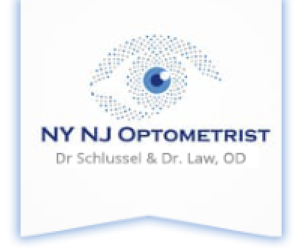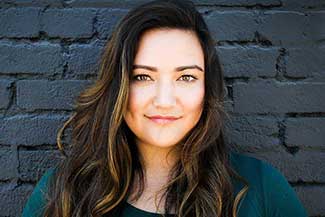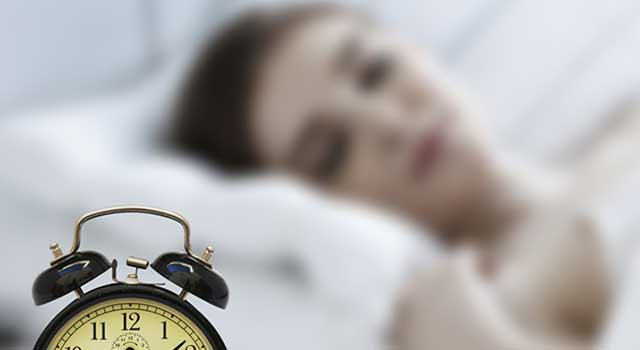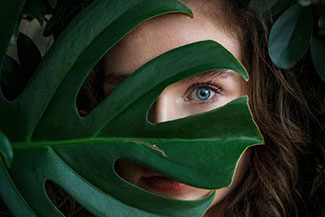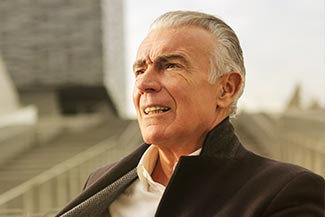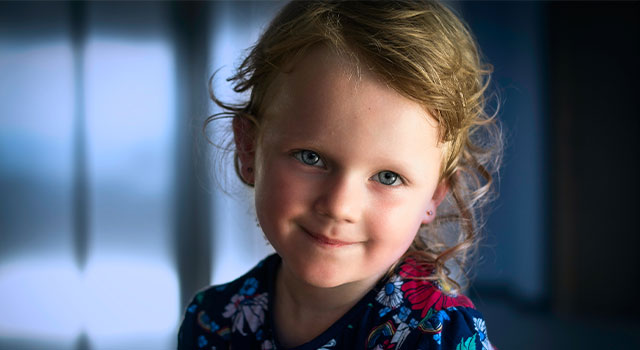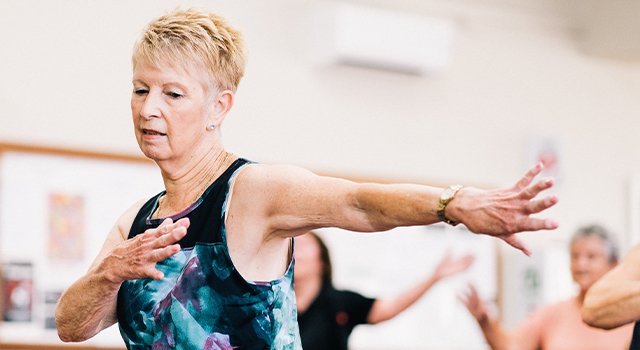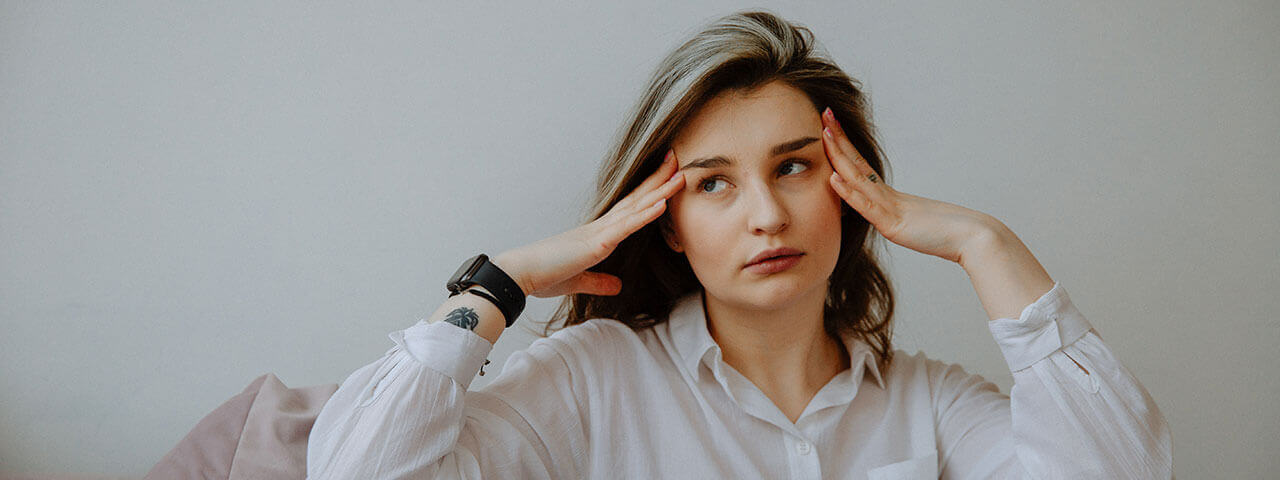
Dry Eye After LASIK
Many individuals with refractive errors like nearsightedness choose LASIK (laser-assisted in situ keratomileusis) surgery to correct their vision due to its safety and effectiveness. But dry eyes are a remarkably common after-effect of LASIK surgery, affecting up to 95% of patients who’ve undergone this procedure. In fact, dry eye symptoms are the primary reason for patient dissatisfaction after LASIK. Although symptoms of dry eye syndrome (DES) most commonly occur in the immediate postoperative phase and are generally only temporary in nature, some individuals develop chronic and severe DES that can negatively impact their quality of life.
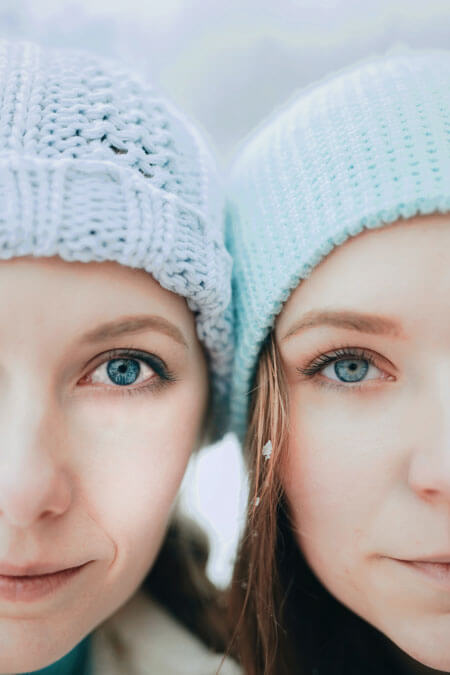 What Is DES?
What Is DES?
Dry eye syndrome is a multifactorial condition that is characterized by a chronic lack of ocular lubrication, which can be caused by poor quality tears, insufficient tears, pollution, allergies, or irritants.
Some symptoms of DES include, but are not limited to:
- Redness
- A feeling of dryness or irritation
- Grittiness – the sensation that something is stuck in the eye
- Fatigued eyes
- Blurred vision
- Watery eyes
- Photophobia (light sensitivity)
To learn more about DES, visit our main Dry Eye page.
How Can LASIK Lead To Dry Eye?
During the LASIK procedure, some of the cornea’s nerves are cut, leading to reduced corneal sensitivity. The eye may respond to the decreased sensitivity by not sensing the need for lubrication, thereby producing fewer tears. This reduction in tear production is usually the culprit in post-LASIK DES.
LASIK surgeons are now aware that healthy tears promote healing following surgery. For this reason they perform certain screening tests prior to the procedure to ensure that DES will not significantly interfere with the outcome of LASIK.
What Are Risk Factors For Post-LASIK Dry Eye?
The following conditions increase a person’s risk of developing DES after undergoing LASIK surgery:
- Having a high degree of myopia
- Being above the age of 50
- Being a female, especially post-menopausal
- Having an autoimmune disease, such as Sjorgen’s syndrome
- Living in a dry climate
How We Can Help Manage Your Symptoms
If you’ve undergone LASIK or are considering it for the future, know that we are here to help treat your DES symptoms, should any arise? At Dr. Alan Schlussel & Associates, we provide dry eye relief to many patients who’ve had refractive surgeries and have helped make the healing process more comfortable. You don’t have to live with the discomfort of dry eye syndrome — speak with Dr. Schlussel about finding long-lasting relief.
Our practice serves patients from Manhattan, New York City (NYC), New York, and Tri-State Area, New York and surrounding communities.Resources
- https://www.ncbi.nlm.nih.gov/pmc/articles/PMC3235707/
- https://www.allaboutvision.com/conditions/dryeye-syndrome.htm
- https://www.allaboutvision.com/visionsurgery/lasik-dry-eyes.htm
